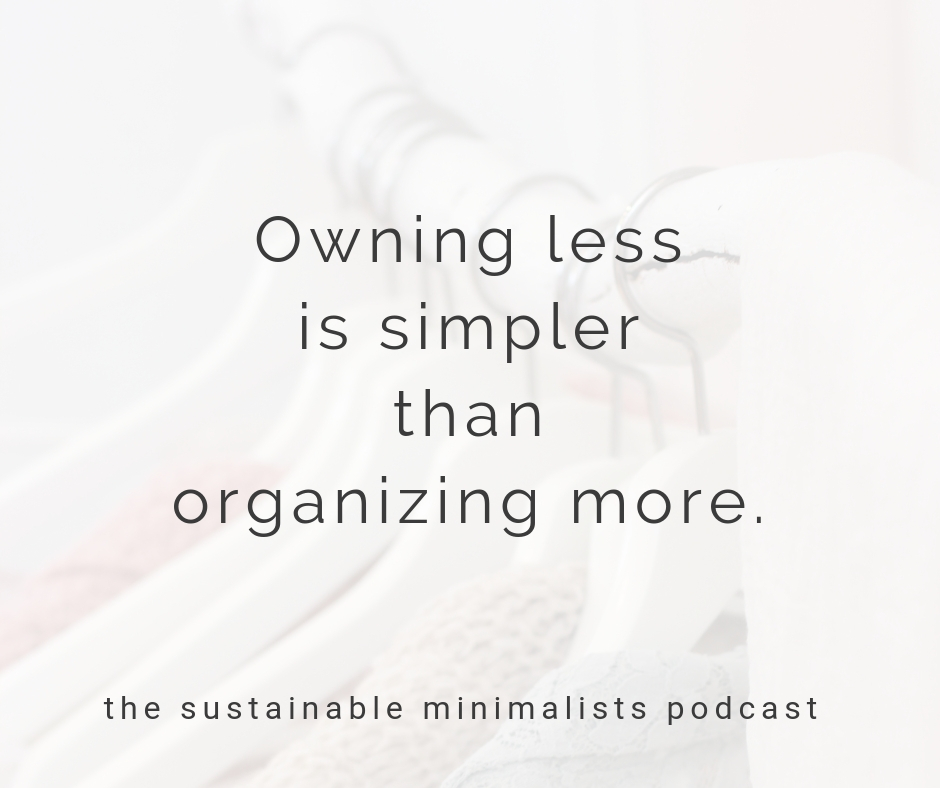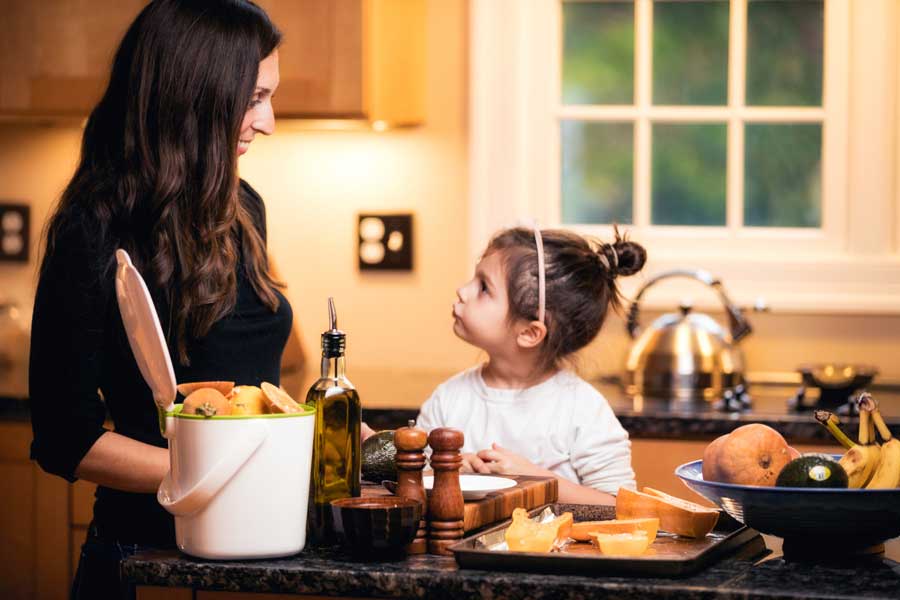What is Planned Obsolescence? (& How to Fight Back)
What is planned obsolescence (& how to fight back)
_____
They just don’t make things like they used to. These days, electronics + appliances are often made with cheap parts that are specifically designed to break after warrantees expire.
But planned obsolescence is more than just cheap products. It’s automatic software updates that break our tech. It’s missing user’s manuals + discontinued parts, too.
Read on to learn what planned obsolescence *actually* is as well as 8 concrete ways to fight back.
What is planned obsolesence?
_____
Planned obsolescence is the act of deliberately creating products to degrade over time.
It’s a strategic decision that turns a one-time customer into a repeat buyer.
Planned obsolescence dates back to the Great Depression. Real estate broker Bernard London suggested the government place artificial expiration dates on products to encourage more spending + therefore revive the economy.
While encouraging spending is good for the economy, planned obsolescence is hazardous to both the planet as well as to people:
– Planned obsolescence by definition means we’re consuming – and as result, companies are making – excessive products. There’s a hefty environmental price to pay when we take nonrenewable resources + create goods with them unnecessarily.
– Don’t forget about those landfills: Have you ever wondered what happens to your old cell phones, for example? They’re probably sitting atop millions of other discarded cell phones, all of which have batteries that leach toxic chemicals into our soil as they break down.
– Cheap labor is used to satisfy consumers’ demands for low prices + raises legitimate ethical questions.
– Consumers become repeat customers who spend hard-earned money unnecessarily.
What does planned obsolescence look like?
_____
Planned obsolescence occurs when:
1. … your smart phone has a major problem soon after the 2 year warranty is up.
2. … you need a new adaptor for your laptop, but the adaptor that fits your charging port is no longer sold.
3 … you are prompted to download a mandatory update to your phone or computer. But because old applications no longer work with the new software you just installed, your phone or computer breaks.
4. … you purchase a new electronic but the user’s manual is mysteriously missing. You assume the manual must be online but – when you go online to find it – that manual is nowhere to be found.
5. … you have a small problem – a cracked cell phone screen, for example – that you have to repair it at an approved, authorized repairer at a greater expense + with a longer delay or else you void your warranty.
How does planned obsolescence differ from perceived obsolescence?
_____
Perceived obsolescence is messaging that suggests our possessions aren’t good enough, even when our possessions are in solid working order.
Perceived obsolescence urges us to buy *new* stuff to to replace our perfectly good stuff, like clothes that we don’t need but are more in style than our current garments or an updated smart phone with features the current one doesn’t have.
[Related: Why we overbuy (+ How to Stop)]
You know what planned obsolescence is. Here’s how to fight back.
_____
1. Don’t be a first adopter.
The first edition always has problems.
Maybe that first edition is slow. Perhaps its clunky, heavy, or the wrong size.
I’ll never forget when the first mp3 player came out. My father bought me the first-edition mp3 player for Christmas and – for a very short amount of time – I was the cool kid because I had this cool new gadget.
But very soon after, newer + flashier mp3 players came out. These second editions were smaller, sleeker + came in cool colors.
My mp3 player, by contrast, was the size of a portable CD player. It was heavy, too.
Suddenly my mp3 player wasn’t so cool anymore.
Don’t be a first adopter. Wait until kinks are worked out before you even think of buying.
Similarly, don’t chase after the latest gadgets.
Do you really need an Alexa?
Does every appliance need to be connected to the internet?
Companies still make watches that JUST tell time and refrigerators that JUST keep food cold. Consider those.
2. Buy smarter.
Online retailers make is purchasing easy. (Oftentimes a purchase requires just one click; that’s because our credit card information is already saved!)
Removing difficulty around purchasing often means we make poorer decisions.
Buy smarter by doing your research.
Buymeonce offers smart purchasing suggestions.
Consumer Reports is the only ad-free evaluator of how long products last. The cheapest subscription to consumer reports is currently 10$ per month. Can you split that with some family members and share it? This is an especially smart idea if you’re in the market to make a big purchase (like a car, let’s say) and want to make certain you make the best choice.
You’ll find some amazing things, like tools, pots, pans + kitchen knives, at thrift stores. That’s because back in the day these items were made with quality in mind. In general corners weren’t cut and quality products were made.
Let go of the notion that you need new, shiny, pristine, wrapped in plastic items. Head to the thrift store first + see what you can find.
I’m willing to bet you’ll find some amazing items at some amazing prices.
[Related: 4 ways to be a more conscious consumer.]
Ways to fight back, continued:
_____
3. Embrace a slower lifestyle.
Be classic, not current.
Just because everyone else has the newest, flashiest + greatest doesn’t mean you have to have them, too.
Board games, books + good, old-fashioned face-to-face conversation are some ways to find entertainment without a screen.
4. Attempt repair.
iFixit.com encourages consumers to repair their own electronics (+ publishes guides to help).
Alternately, Youtube may have a solution to your problem.
Not great at fixing things? Bring your broken item to someone who can repair it for you.
5. Buy Multi-Purpose Items.
– A high chair that converts to a regular chair as your child grows.
– A crib that becomes a toddler bed.
Buy multi-purpose items so that you buy less.
6. Maintain your items.
Proper maintenance takes work. There’s all the dusting, cleaning, calling serviceman for maintenance even when something’s not broken + more.
How specifically to maintain your stuff depends on your stuff, including:
- regularly cleaning your refrigerator’s coils.
- washing the basket of your washing machine.
- backing up files on your computer, defragmenting + reformatting your hard drive.
Perform maintenance on the stuff you already have to prevent unnecessary breaks before they occur.
What is planned obsolescence in smart phones?
_____
Often when we mention planned obsolescence the first gadget that comes to mind is our smart phones.
Despite sky-high sticker prices, we tend to replace our smartphones more frequently than any of our other expensive electronic devices.
Indeed, Americans keep their cell phones for just 2.92 years.
But keeping your smartphone for even three years instead of two can significantly reduce your carbon footprint. Here’s how.
How to fight back against smart phone planned obsolescence:
_____
1. Replace just the battery.
Many phones have built-in batteries that are difficult to replace.
But it’s not impossible.
Many times a battery replacement will extend the life of your phone by up to 2 years + keep it running smoothly.
Apple will replace an out-of-warranty battery for $50 to $70, which is considerably less than the cost of replacing your phone.
2. Keep the charging port clean.
Clean your charging port out with fine tweezers regularly.
This will prevent having to swap the entire port out down the line.
3. Cracked screen? You have options.
4 options, to be exact:
1. Do nothing.
I’ve had a woefully cracked cell phone screen for over a year. Still, the phone works. The cracks don’t impact the phone’s utility, so I’ve done nothing.
2. Head to your phone carrier for replacement.
Using an officially authorized repair center guarantees that your phone’s manufacturer won’t deny you service if you need help from them in the future.
Know, however, that this is often the costliest option.
3. Go to a 3rd party fixer.
While 3rd party vendors are often cheaper than your phone carrier, using one may void your phone’s warranty.
4. Fix it yourself.
Purchase a kit + save serious cash by fixing your cracked screen yourself. Know, however, that doing so may void your phone’s warranty.
4. Baby your phone.
Treat your smart phone with extreme care.
Don’t bring your phone near water.
Turn it all the way off regularly.
Don’t let your toddler or young child handle it.
Prevent problems before they start by being delicate with your smart phone.
What is planned obsolescence in your life? In what ways do you extend the lives of your purchases?
Stay in-the-know!
Sign up for monthly eco-friendly inspiration.




2 thoughts on “What is Planned Obsolescence? (& How to Fight Back)”
I would also like to add this to the list: buy a phone with larger storage capacity. For the longest time I would get the $0 down phone which meant a small storage capacity, and that meant that as software updates came about that space would get used up quickly just from software. My current cell phone (about 1.5 years old) I went with 64GB and am only using up about half the capacity. Plenty of room to grow, as I hope to get a few more YEARS out of this phone
This is such a great tip. Thanks for sharing it, Kristal!
Comments are closed.